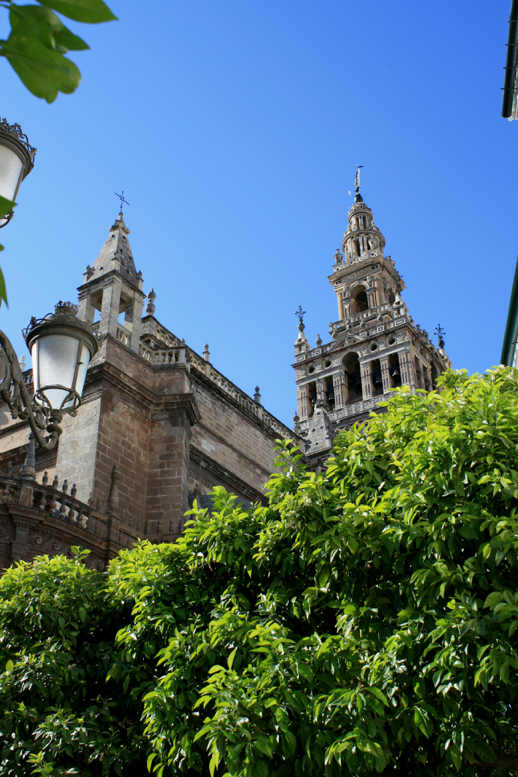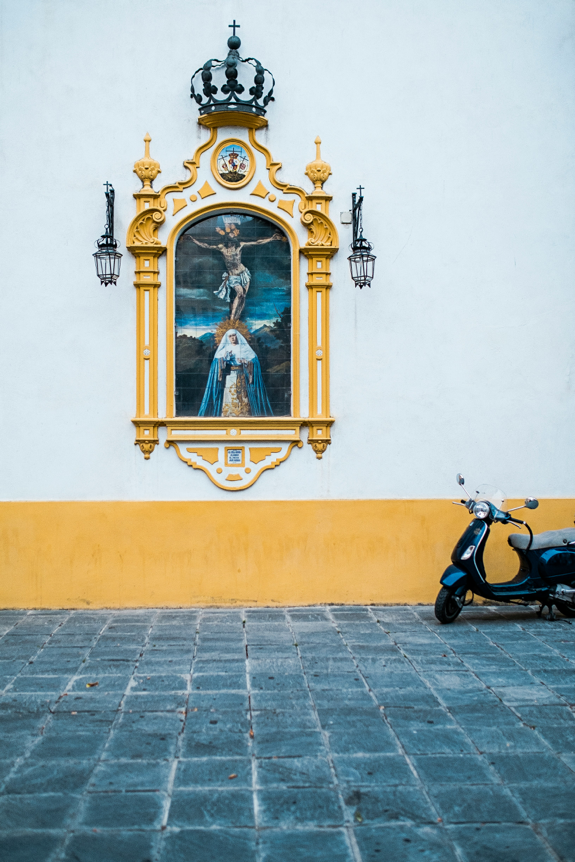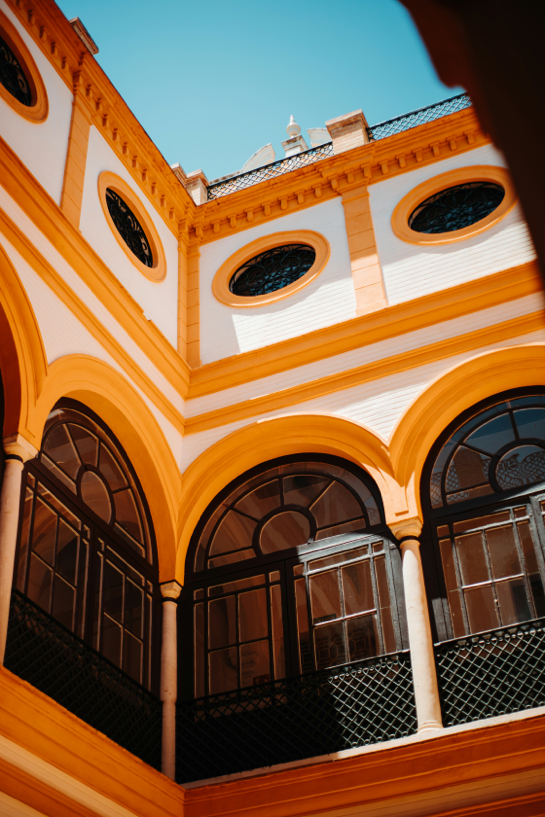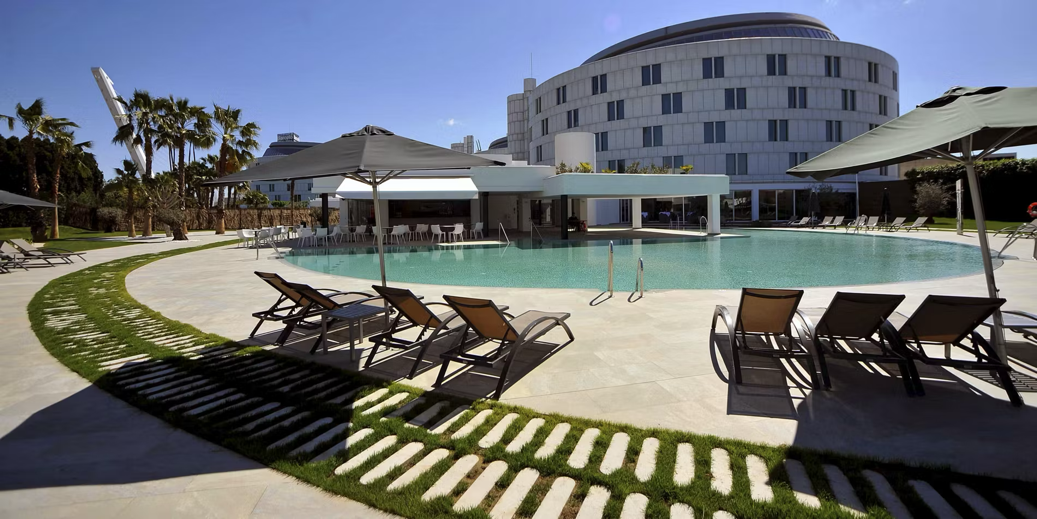Welcome to
SEVILLE
SPAIN
Nestled in the heart of southern Spain, Seville is a city where history, culture, and warm Mediterranean charm come together. Known for its stunning architecture, vibrant festivals, and delectable cuisine, Seville is a true gem of the Andalusian region. The city’s name itself evokes a rich heritage, blending influences from the Romans, Moors, and Christians, reflected in the beautiful landmarks such as the Alcázar of Seville and the magnificent Seville Cathedral.
In Seville, you’ll encounter a unique fusion of tradition and modernity. The city has long been a cultural crossroads, with a diverse population and a deep sense of hospitality. Today, Seville is a bustling metropolis with nearly 1.9 million residents, a world-renowned culinary scene, and an infectious passion for flamenco, bullfighting, and art. Visitors will be enchanted by the historical charm of the Santa Cruz neighborhood, the lively atmosphere of Plaza de España, and the flavor-packed tapas served in the city’s many bars and restaurants.
Seville offers a wealth of experiences for all types of travelers, from exploring the stunning monuments and museums to enjoying an evening of flamenco dancing or savoring a glass of sherry. Whether you’re looking for history, culture, or simply a beautiful place to relax, Seville has something to offer everyone.
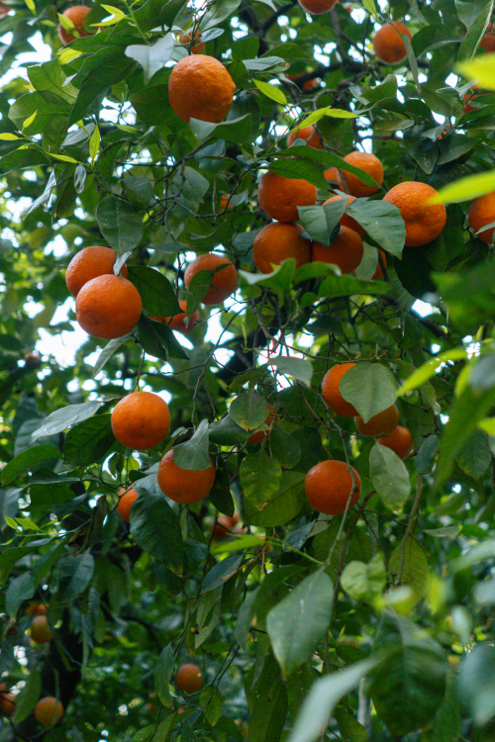
MEETING VENUE
Dopamine 2026 will take place at Barceló Sevilla Renacimiento. Located along the Guadalquivir River, the Barceló Sevilla Renacimiento is one of Seville’s most iconic hotels, combining modern amenities with the beauty of Andalusian architecture. The hotel offers spacious, elegantly designed rooms and an inviting atmosphere, making it the perfect venue for an unforgettable conference experience.
The hotel is just minutes away from the historical center of Seville, allowing you to easily explore the city’s landmarks during your stay. With top-notch facilities, including a variety of meeting rooms and exceptional service, the Barceló Sevilla Renacimiento promises a seamless and comfortable environment for all conference activities.
All conference sessions will take place at Barceló Sevilla Renacimiento.
TRAVEL INFORMATION
GETTING TO SEVILLE, SPAIN
BY AIR
Seville is easily accessible via the Seville-San Pablo Airport (SVQ), with both domestic and international flights. The airport is located just a short drive from the city center, making it convenient for travelers. Seville’s central location in Andalusia means that it’s well-connected to major European cities, with direct flights to and from destinations across Spain, the UK, France, Germany, and beyond.
BY TRAIN
Seville is also well connected by high-speed rail, making train travel a convenient and scenic option. The city’s main train station, Estación de Santa Justa, is a central hub for both domestic and international train services.
From Madrid, you can take the AVE (Alta Velocidad Española) high-speed train, which reaches Seville in just over 2.5 hours. The AVE trains are fast, comfortable, and offer a relaxing way to travel through the beautiful Andalusian countryside. Trains depart regularly throughout the day, with multiple departures from Madrid’s Puerta de Atocha station.
Additionally, Seville is connected by train to other major cities in Spain, such as Córdoba, Málaga, and Cádiz, making it easy to explore the region by rail. Once you arrive at Estación de Santa Justa, the hotel is just a short taxi or public transport ride away.
ACCESS FROM SEVILLE-SAN PABLO AIRPORT TO BARCELÓ SEVILLA RENACIMIENTO
A variety of transportation options are available to get from the airport to the hotel.
TAXI
Taxis are readily available at the airport and provide a convenient way to reach the city center. The fare from the airport to Barceló Sevilla Renacimiento is approximately €20-€25, depending on traffic.
PUBLIC TRANSPORT
For those looking for an economical option, Seville has an excellent public transport network. You can take the EA (Especial Aeropuerto) bus from the airport to the city center. The trip takes approximately 30 minutes and costs around €4. The bus stops near the hotel.
RIDESHARE
Rideshare services like Uber and Cabify are also available in Seville. Depending on your location and the time of day, fares typically range from €15 to €25.
GETTING AROUND SEVILLE
Seville is a very walkable city, especially in the historic center, where many of the main attractions are located close to each other. In addition, the city’s excellent public transport system, including buses and trams, makes getting around easy.
PUBLIC TRANSPORT
Seville’s public transport system is efficient and affordable. Bus tickets typically range from €1.40 to €2.00, depending on the route. There is also a tram system that serves the city center. For more information on routes, schedules, and tickets, visit the Seville Transport website.
CAR RENTALS, TAXIS, AND MORE
Taxis – Seville has numerous taxi companies, making it easy to get around the city. Fares are reasonable, with typical rates starting at around €1.10 per kilometer.
Car Rentals – If you wish to explore the surrounding areas of Andalusia, you can rent a car from one of the major rental companies at the airport or city center.
Cycling – Seville is known for being a bike-friendly city with numerous bike lanes and paths. You can rent bikes through the city’s bicycle-sharing program, Sevici, which allows you to pick up and drop off bikes at various locations around the city.

